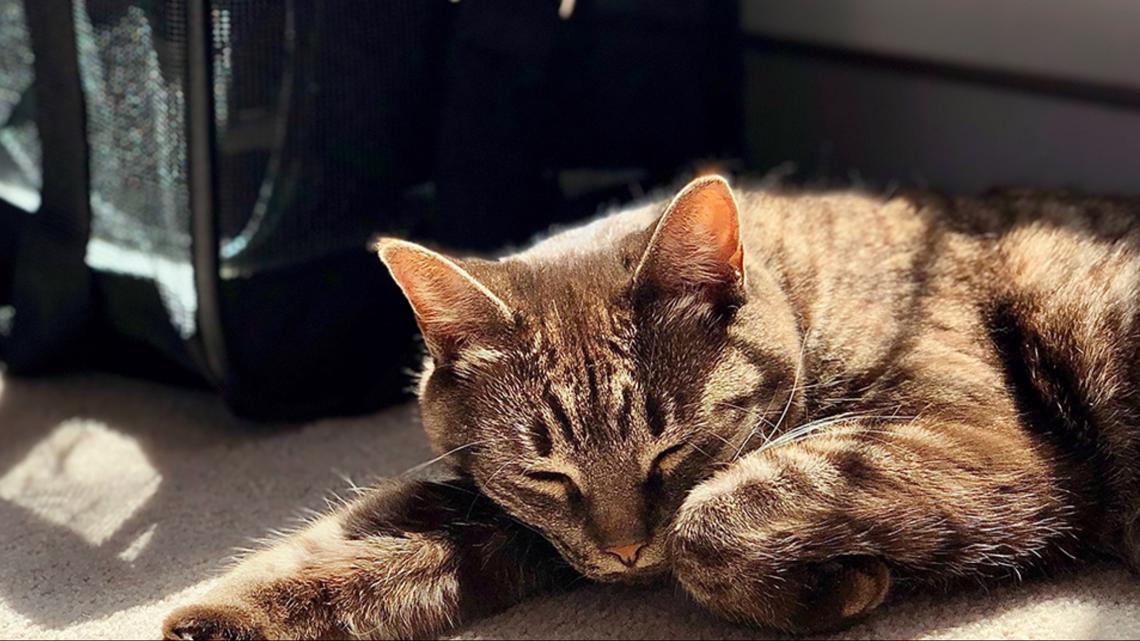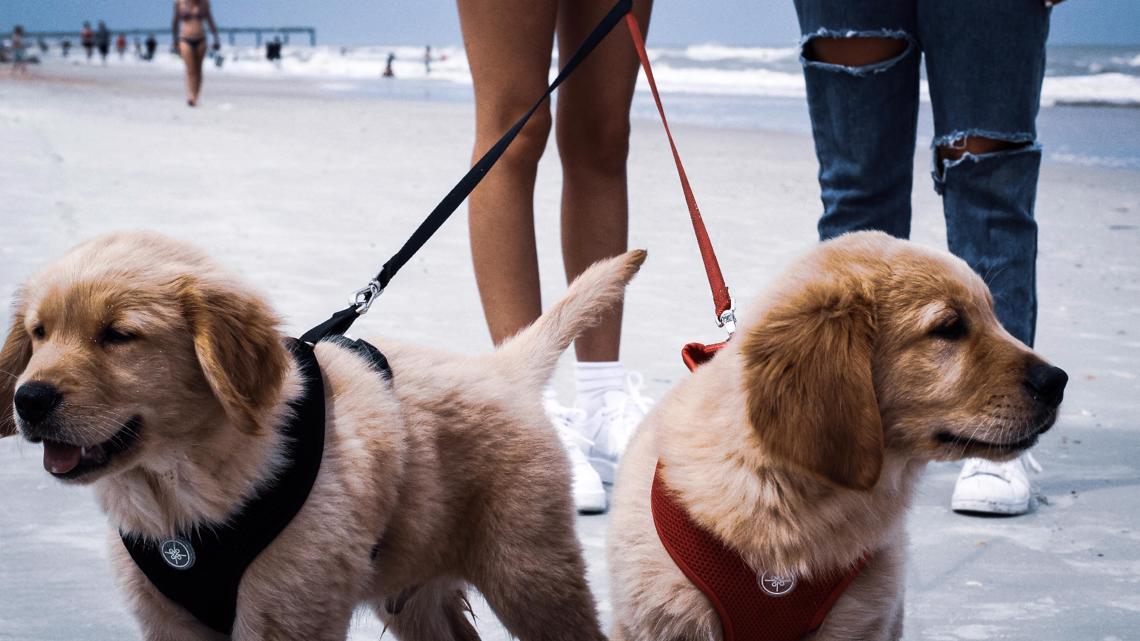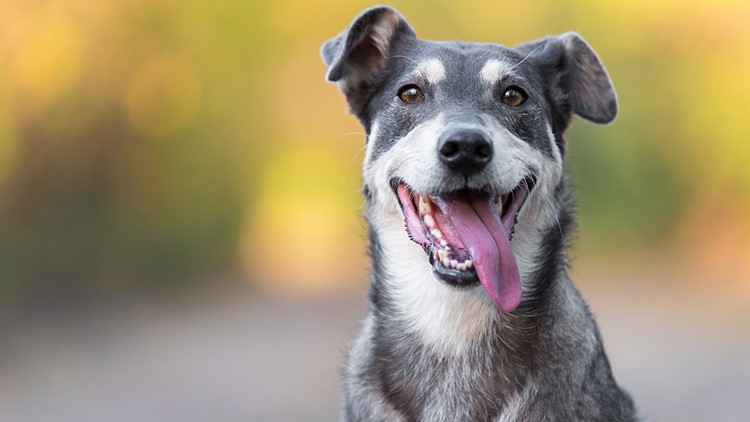ST. PETERSBURG, Fla. — One thing that’s often overlooked when it comes to hurricane season preparedness is what a hurricane would a hurricane mean for our pets. Remember, if a storm is unsafe for humans, it's also unsafe for pets.
So, if you do have to evacuate, you need to take your pet with you. The problem is, that may not always be possible as some hotels may not allow pets. This means extra planning and care are needed for pets like cats and dogs.
Here are some great tips to keep your pets safe as another hurricane season is about to begin.


Plan with your pet in mind.
If it’s not safe for you to stay, it’s not safe for your pet.
Leaving a pet behind in a disaster dramatically decreases its chance of survival. Plan a course of action in advance so when a storm arrives, you and can initiate it quickly.
1. Before the storm, find out which evacuation shelters allow pets.
Often, many pet owners find that they are turned away from evacuation shelters because they brought pets. Call your local officials and find out where you can take your pet before the storm hits. Finding out your options now will take a lot of stress off of your plate when storms threaten.
2. Make sure your pet is microchipped.
If your pet is microchipped and your information is up to date, your pet can be scanned and returned to you if lost.
3. Use a pet carrier.
A pet carrier is very important to have for your pets and may be mandatory. Carriers are required at many pet shelters and can serve as a safe space for a nervous pet. Be sure to label the carrier with your pet's name, breed, sex, date of birth, your current address and contact numbers, and any important medical information.
4. Make sure you have at least two weeks of your pet's medications.
Have 14 days of any prescription medications, as well as heartworm and flea preventives. Pack them in a bag with your pet's essentials and write down your current administration schedule in case you have to leave your pet at a shelter. Apply heartworm and flea preventive before placing your pet in an evacuation facility -- even if it's not quite time for an application. Your pet may be exposed to fleas and mosquitoes and the extra protection will only help.
5. Have a week's worth of food and water.
If possible, divide your pet's meals into individual storage bins or bags. This will help ensure you bring enough food and allow you to assist others who may have to care for your pet during an evacuation. Carry bottled water (24 ounces per day for a 20-pound dog and 8 ounces a day for a 10-pound cat) and bowls. Many shelters will not have adequate food and water on hand for pets.
6. Bring a couple of slip leashes.
Have the simple slip-type webbing or nylon leashes ready to go with your pet. A frightened dog can slip out of a collar, but a slip leash can hold your pet securely. A slip leash can also be used to restrain a cat in a pinch. An extra leash can come in handy in case one is lost or someone else needs it.
6. When it's time to evacuate.
Stay tuned to 10 Tampa Bay and have everything packed and ready in case you have to evacuate quickly. Dogs should be kept on leashes and cats in carriers. All should be wearing identification. Keep the pet’s food, water, and medical supplies in watertight containers.
Just like with kids, try to stay calm. Pets can also sense emotion and become scared.


Be sure to pack a pet hurricane survival kit as well. Your kit should include:
- Collar with tag and a sturdy leash
- ID tags, rabies tag, microchip ID and company contact information
- Extra collars, harnesses and the slip leashes
- Any pet medications (as mentioned above)
- Medical records and current vaccinations (boarding facilities and public shelter will not admit animals without current vaccines)
- Current (less than a year old) photograph of each pet with owner to prove ownership if you are separated from your pet
- Secure carrier, or collapsible cage for large dogs, for each pet and bedding (carriers should be large enough for the animals to stand comfortably and turn around and house a litter box if appropriate.
- Food (as mentioned above)
- Water (as mentioned above)
- Manual can opener
- Cat litter, liners and a pan
- Plastic trash bags to handle waste
- Newspaper, paper towels and disinfectant for clean-up
- Toys and any special comfort items that can fit in the crate with the animal
- Muzzle, if necessary (use extra precaution handling your pet, as in a disaster they may not act normally)
- Out of area contact name and phone number
- Collapsible food and water bowls
- Blankets
- Pet life jacket and paw protectors
- Basic pet first-aid kit
- Veterinarian’s contact information
- Emergency contacts
►Breaking news and weather alerts: Get the free 10 Tampa Bay app
►Stay In the Know! Sign up now for the Brightside Blend Newsletter



